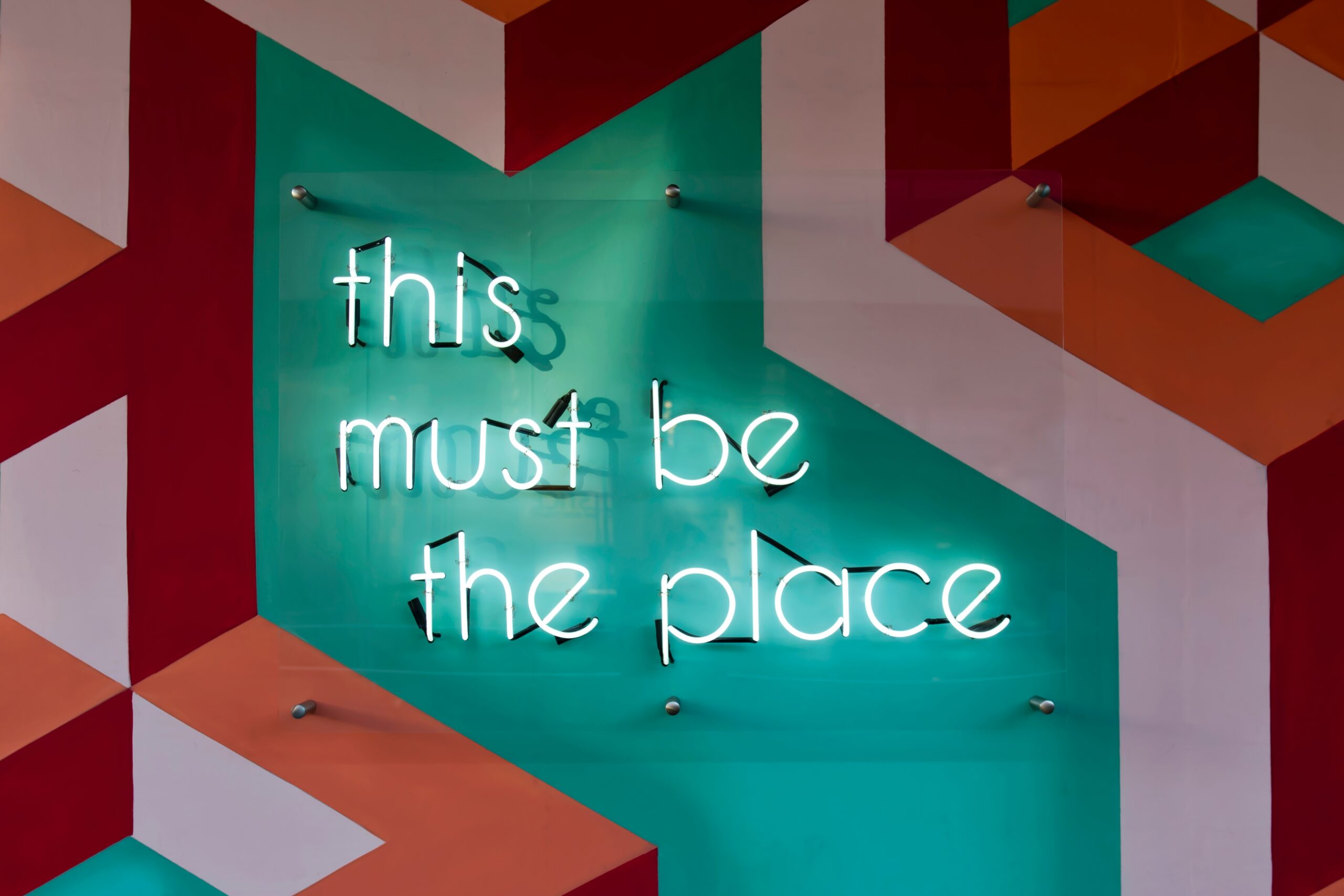sAccording to Globoforce, 69% of employees would work harder if they felt their efforts were better recognized.
In today’s competitive job market, attracting, retaining & ensuring your employees are engaged at work has become crucial for organizations. Human Resources (HR) plays a pivotal role in achieving these objectives as both a strategic & operational function. A motivated & engaged workforce not only ensures productivity but also contributes to a positive work culture, overall.
HR Initiatives & Ideas for Employers
-
Attracting Employees:
HR’s role in attracting & engaging employees often begins with their onboarding process. A well-structured onboarding program can set the tone for a positive employee experience. HR can ensure that new hires feel welcomed, experience a sense of belonging, understand their roles well & are introduced to the company’s culture as well as values from day one.
-
Retaining Employees
: The HR function is responsible for providing continuous learning opportunities. Employees’ professional growth is a crucial investment, as it enhances their skills & also demonstrates a commitment to their long-term success. HR can also design & implement performance management systems that include regular feedback, stretch goals & continuous recognition throughout an employee’s life cycle. This process helps employees feel more connected with their contributions & efforts to achieve the company’s objectives.
Some examples of what HR functions have been doing to increase employee engagement
-
Flexible Work Arrangements:
A lot of cultures are operating on hybrid work modes with flexible work arrangements, such as remote work options or flexible hours, to improve work-life balance & increase job satisfaction.
-
Wellness Programs:
HR introduces employee wellness initiatives like fitness classes, mental health support, and wellness challenges as critical parts of Employee Engagement calendars to enhance holistic employee well-being.
-
Diversity & Inclusion Programs:
Dedicated teams/sub-functions drive diversity & inclusion initiatives, ensuring that employees from diverse backgrounds feel valued & included.
-
Learning, Development & Knowledge Sharing Programs:
HR is now tapping into diverse modes of introducing learning & development programs across levels. Focus on complementary competencies including – Communication, Public Speaking, Emotional Intelligence, Design Thinking & Innovation as well as Storytelling are being integrated into training calendars for functions across the board.
-
Unconventional Engagement Tools:
Many cultures are now taking the brave stance of investing in unconventional methods of fostering creativity, collaboration & in turn, engagement, among their employees. From encouraging employees to create & share podcasts, to tapping into social media; more & more areas are gaining importance.
Drivers of Employee Engagement
-
Communication:
Effective communication is key to employee engagement. HR initiates open & transparent communication channels, & also ensures that employees are informed about company updates, changes & goals.
-
Leadership Buy-in & Development:
HR can identify & nurture leadership talent within the organization. Effective leaders who lead by example can inspire & engage their teams.
-
Workplace Culture:
Shape & maintain the company’s culture using different modes including – Culture Collaterals, Culture Ambassadors, Culture Index Surveys, Culture Integration Workshops, Cultural Immersion Experiences & more. A positive, inclusive & values-driven culture encourages employee engagement.
The Impact of HR Initiatives on Employee Engagement
When implemented effectively across levels with leadership buy-in & a holistic Communication plan, the results of Employee Engagement interventions can be transformative & long-lasting on staff morale. Engaged employees tend to be more productive, innovative & committed to the organization. HR initiatives that prioritize employee well-being, growth & recognition create a work environment where individuals feel valued, supported & motivated.
Organizations can start looking at employee engagement as a fitness journey. It is not a one-time turnaround in a one-day exercise; long-term investment & belief in the process are prerequisites for sustainable employee engagement rates. Just like occasional workouts can give a boost, ongoing short & long-term efforts are like regular exercises that keep you fit.
In the end, engaged employees are more than just workers; they are pillars that help the organization go forward & also tide through challenging organizational or market contexts.




